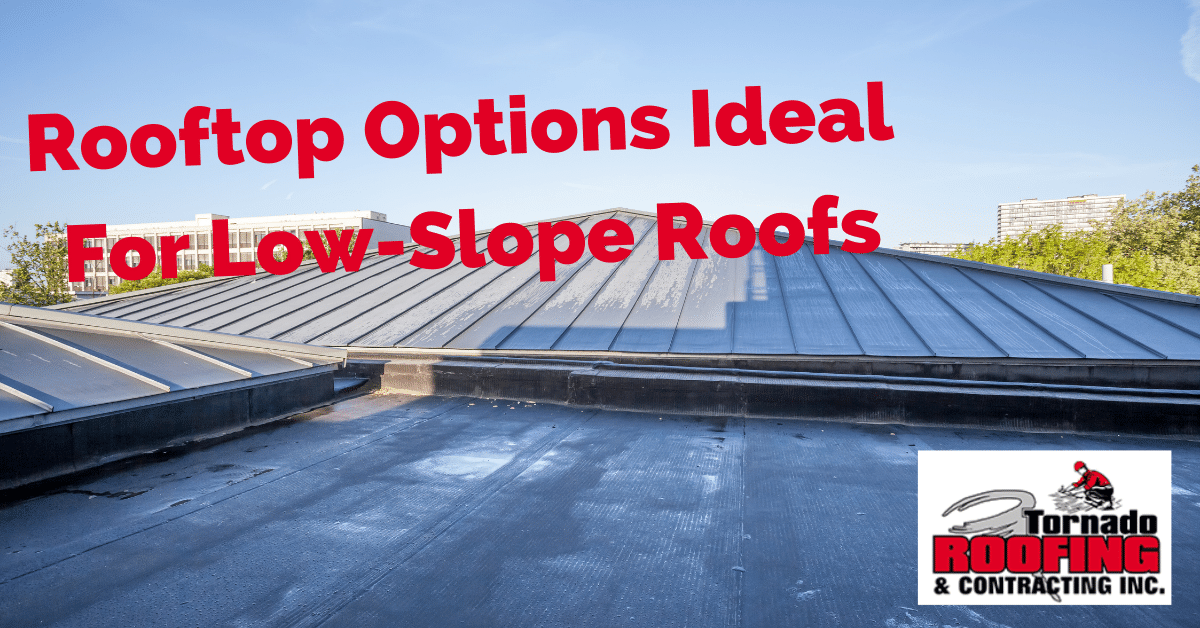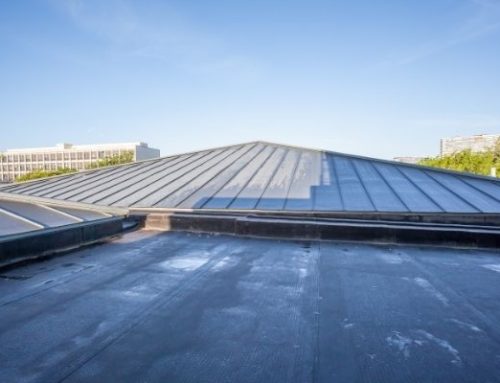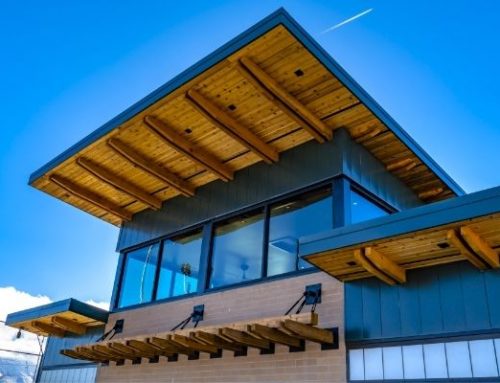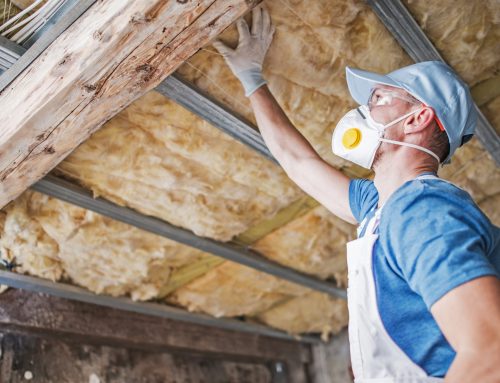Flat and low-slope roof systems are a popular option for many Floridians, as you may have noticed. A low-slope roof has a pitch of 3 1/2 inches or less. A flat roof is level with the rest of the home or building. There are several types of low slope roof systems, and each come with their own benefits. Let’s look a bit closer at which option is ideal for your low-slope roof.
Table of Contents
Types of Low Slope Roof Systems
Low slope roofs are not all the same. There are typically three types you will find in the South Florida region. Each comes with its benefits. By reviewing each class, we can educate you enough to make an informed decision on your home’s roof.
Built-Up Roof
A built-up roof is a roof with several layers. The layers consist of asphalt, ply sheets, and other materials that sit upon a roof deck. The benefit of these layers is to protect the home from rain and other types of weather. Folks with a built-up roof will also find that it’s perfect for temperature regulation in the house and saves the homeowner money in heating and cooling.
Modified Bitumen
Modified bitumen is very much like a built-up roof. It is a multi-layered asphalt-based roof that is ideal for flat roofs. The primary benefit of this roof is that it can take heavy foot traffic when necessary.
Single Ply
Single-ply roofing is desirable because fewer tools are required for installation and can come in pre-fabricated accessories. Benefits include the availability of reflective or retentive properties and lightweight. In addition, being lightweight allows contractors to install the roofing on unusual structural designs.
When you want it done right the first time, choose a team with experience and expertise…
Contact Tornado Roofing today!
Concerns with Low-Slope Roofs
As with all roofing systems, there are concerns when utilizing a low-slope roof. Let’s take a look at each one so you can be prepared.
Water Pooling and Moisture Problems
Since flat roofs are…well…flat, you have to consider rain pooling on top. If you have a single-ply roof, you may find it is more likely to experience leaks and roof damage. However, water pooling on multi-layered roofs can still suffer if you do not remove the pooling in a timely fashion.
Wind Issues
With hurricanes being annual visitors each year in South Florida, we know that our homes and roofs need to stand up to high winds. While low-slope roofs meet necessary requirements according to building codes, they are still at a higher risk of uplift than a traditional steep-slope.
Impact Damage
Speaking of hurricanes, the impact from debris can be more damaging to a flat roof. Considering that debris is moving at a significant rate of speed to a stationary structure, this is often a part of what to expect. Of course, what the debris is and its size affects the likelihood of damage.
Final Thoughts
The best way to understand your roof is to call one of our experienced team members to take a look. We have been in the roofing business for 30 years and have top-rate expertise. The administrative staff will walk through your questions regarding roofing and the services offered. Our estimators will look for cost-efficient solutions for your roof, and the installation crew will give you a professional job well done.






